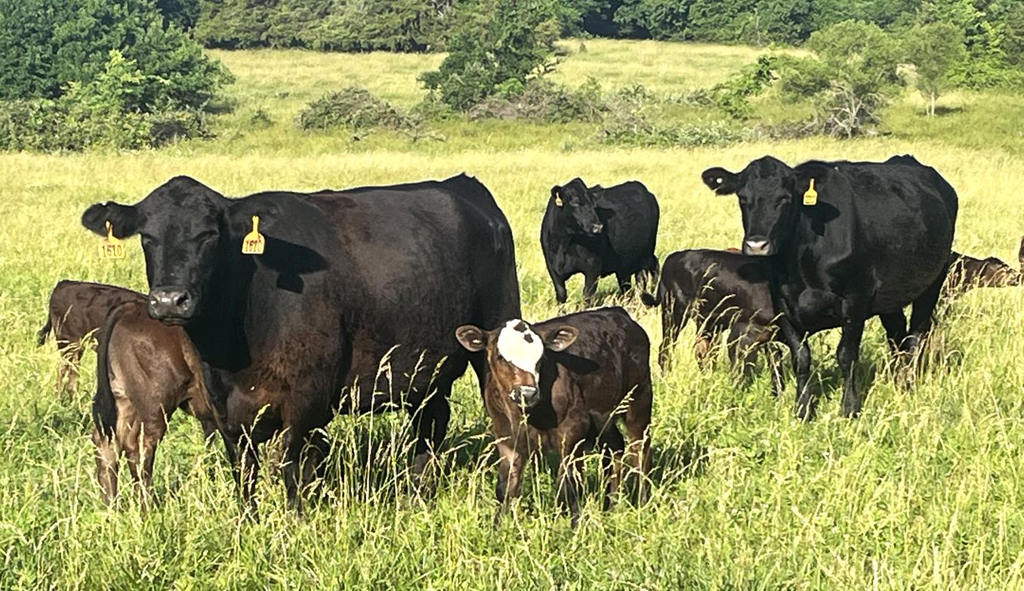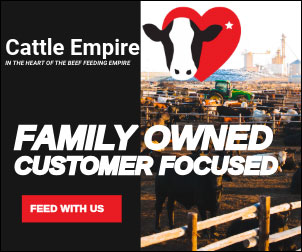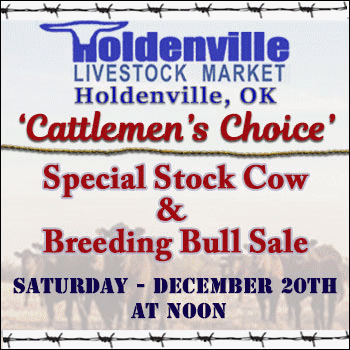Summary
Tightening supplies of cattle will continue to pull down U.S. beef production in 2025, supporting a 6-percent year-over-year decline to 25.120 billion pounds. As a result, aggregate domestic beef disappearance in 2025 is expected to decline more than 5 percent to the retail-equivalent basis of 55.6 pounds per capita, the lowest since 2015. In 2024, a temporal shift in expected marketings to second-half 2024 and heavier carcass weights lift the production forecast to 26.595 billion pounds. Cattle prices are projected to reach new highs in 2025; however, the 2024 forecast is lowered from last month. The 2025 import forecast is expected to set another record, while exports are forecast to decline by more than 11 percent.
2025 Beef Production To Drop 6 percent from 2024
The 2025 outlook for beef production is forecast at 25.120 billion pounds, a 6-percent decline from 2024. Next year will mark the third consecutive year of lower production following the record large volume set in 2022 and will be lowest since 2015, when the sector began to rebuild following the 2009-13 drought. Cattle supplies are expected to remain tight next year as evidenced by the ratio of heifers and cows in the slaughter mix currently remains above a year ago and the 5-year average, and the number of heifers on feed on April 1st was nearly equal to last year. The relatively strong pace of beef cow slaughter, along with relatively large placements of heifers in feedlots in 2023 and into early 2024, will likely yield a smaller year-over-year calf crop in 2025, tightening future cattle supplies. Total disappearance in 2025, measured on a per capita retail weight basis, is expected to decline 5 percent from last year to 55.6 pounds. As production declines next year on the largest decline in cattle slaughter since 2013–14, it will be partially offset by record beef imports, and 8-year-low exports.

2024 Beef Production Raised Mainly on Heavier Weights
The latest Cattle on Feed report, published by USDA, National Agricultural Statistics Service (NASS), showed the April 1 feedlot inventory at 11.821 million head, over 1 percent above 11.647 million head in the same month last year. Placements and marketings were down more than surveyed industry analysts expected. Feedlot net placements in March were 13 percent lower year over year at 1.689 million head. Despite 2 extra slaughter days in the month compared to last year, marketings in March were 1.706 million head, down about 1 percent year over year. As a result, on April 1 the number of cattle on feed over 150 days rose 21 percent above year-ago levels. As a percent of total cattle on feed, this grouping is the largest since 2007. As wholesale beef prices continue to be more sluggish than expected at this time of year, packers are likely less willing to offer higher prices for fed cattle and feedlots appear to be willing to add poundage to the cattle while awaiting higher bids.
Typically, there is a decline in carcass weights from the seasonal peak in November to about the end of May when weights typically hit bottom. However, given the pace of marketings, carcass weights have moved counter-seasonally higher from the first to the second quarter, and after declining slightly from their recent peaks are expected to remain flat into the third quarter before trending seasonally higher in the fourth quarter.

These heavier-expected carcass weights are the primary catalysts for raising total production this year. The forecast for second-quarter beef production is up 70 million pounds from last month as heavier carcass weights and increased cow and bull slaughter are expected to more than offset fewer fed cattle marketings. The third-quarter production forecast is raised 40 million pounds on heavier expected average carcass weights. In the fourth quarter, the production outlook is higher than last month by 35 million pounds as fed cattle marketings are shifted from the first half to the second half of 2024. For the year, the outlook for 2024 beef production is raised by 140 million pounds to 26.595 billion pounds.
Cattle Prices To Edge Slightly Higher in 2025
In 2025, the outlook for cattle prices indicates a slight improvement compared to the massive gains that occurred over the past few years (see the chart below). The forecast for fed steer prices in the 5-area marketing region is $188.00 per hundredweight (cwt), a year-over-year increase of 3 percent. Further tightening of cattle supplies available for placement in feedlots in late 2024 and into 2025 is anticipated to support improved prices next year.

The 2025 forecast for feeder steers weighing 750–800 pounds at the Oklahoma City National Stockyards is $259.00 per cwt, an increase of 1 percent from 2024. Last, cull cow3 prices in 2025 are forecast at $125.00 per cwt, a year-over-year increase of 5 percent. The increase is based on the pace of cow slaughter this year and the assumption that relatively good returns for beef and dairy cattle producers are expected to spur retention of breeding animals.
2024 Cattle Prices Lowered on Slower Marketing Pace and Demand Uncertainty
For all last year and early 2024, the percent of beef sales for delivery 22 weeks and out has lagged previous year’s levels. However, over the last 4 weeks, the percentage increased above last year. This may have been driven by the simultaneous declines in wholesale beef prices, which dropped below year-ago levels; if so, it may require relatively low wholesale prices going forward to sustain this momentum. However, this scenario does not bode well for the cattle price outlook.













